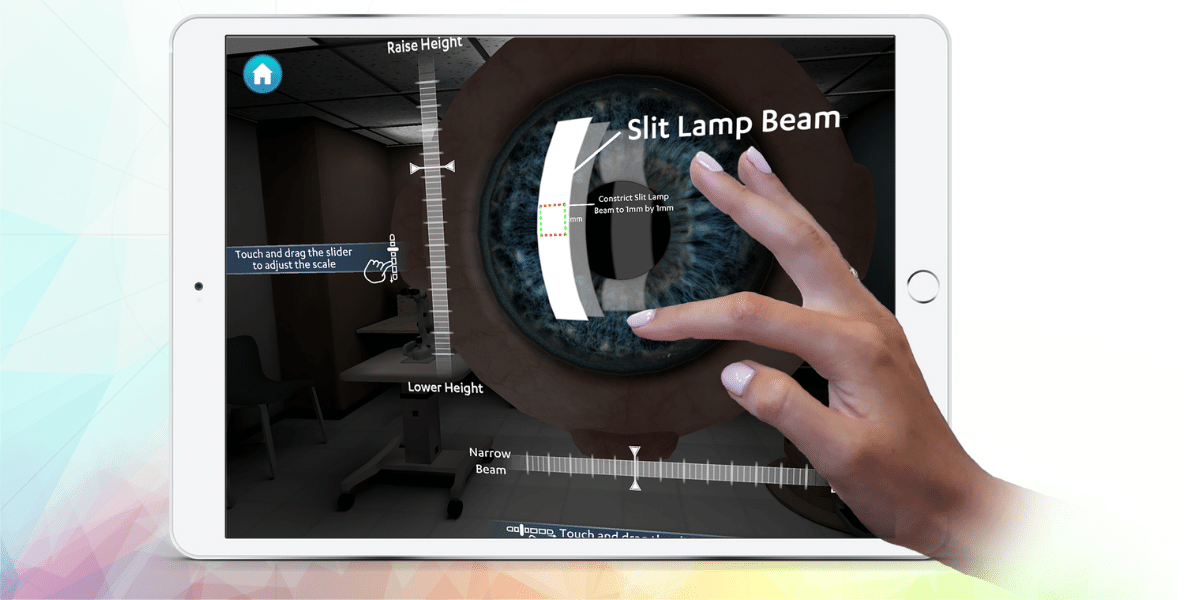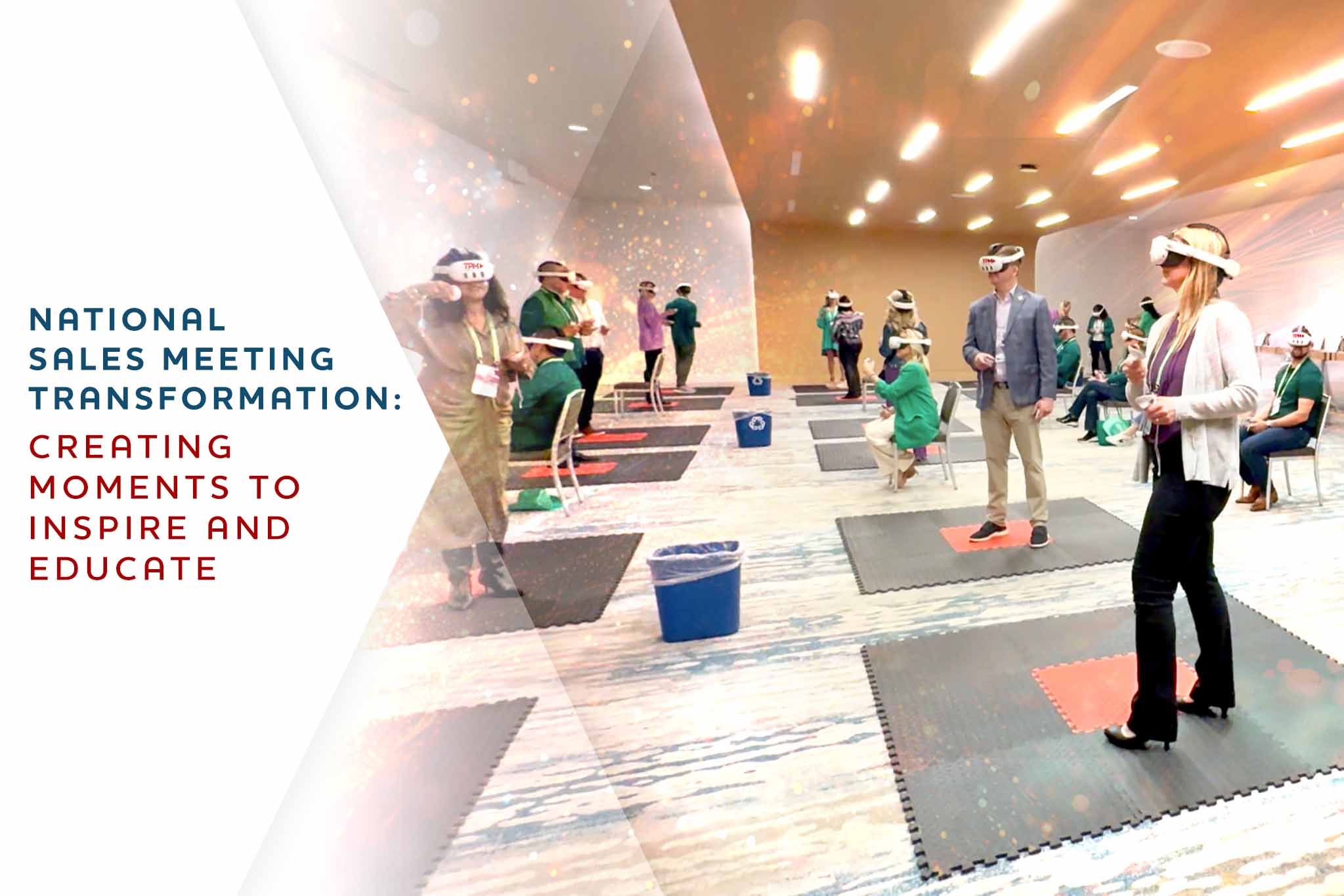Healthcare providers should be dedicated towards enhanced performance and patient outcomes. But how can we achieve healthcare quality improvement?
The healthcare industry has witnessed major technology advancements in a move to save more lives and improve the quality of care. One notable advancement is how healthcare providers learn using real-life experiences—and this is how medical simulations came about.
Medical simulation training enhances clinical competency in a healthcare setting. This is why the training methods are rapidly gaining traction in the medical industry.
This post talks about medical simulations and how they create solutions for healthcare providers. But first, the basics.
What is Medical Simulation?
Medical simulation is the formation of real-life situations to allow healthcare providers to learn, practice, and evaluate their medical skills in a safe environment. This learning opportunity is aimed at improving quality and patient safety.
Furthermore, medical simulation utilizes whole-body manikins, actors who portray patients, and devices called task trainers.
The training is for all healthcare providers, including nurses, physicians, surgeons, and medical students, among other practitioners across the medical and surgical specialties.
How Medical Simulations Create Solutions for Healthcare Providers
While traditional learning mechanisms like apprenticeships, lectures, and practice-based learning offer foundational knowledge, experiential learning benefits medical students and professionals alike. Medical simulations have gained significant attention over the past two decades.
Medical simulations are geared towards creating solutions through real-time experiments in a medical simulation center.
Here are five ways medical simulations help healthcare providers deal with everyday patient challenges.
1. Understanding Variations and the Impact on Healthcare Services
All days aren’t the same in healthcare—each day comes with a new challenge that healthcare providers must tackle to save lives. Different patients come in at different times, requiring different levels of care. The demand for services changes with time.
Therefore, healthcare providers must understand these variations and how they can deal with them to enhance quality healthcare—and this is where medical simulation comes in.
It is quite difficult to capture this variation using traditional learning approaches like spreadsheet models, which are based on fixed values. However, simulation allows healthcare providers to model variations and understand why their systems behave the way they do.
Moreover, medical simulations allow healthcare providers to test various scenarios that could happen in their setting. This, in turn, helps them make better and more accurate decisions around processes to manage variations.
Also, simulations allow medical professionals to equip their facilities with the right resources and have them at the right place and time when needed. This ensures smooth patient flow while cutting down assessment and treatment delays.
2. It Instills Confidence Among Healthcare Providers
Patient safety stems from familiarity with the clinical setting and the buildout of clinical muscle memory—which isn’t offered by traditional learning methods. Moreover, trainees often don’t have the confidence to deal with the overwhelming patient needs.
Medical simulation helps trainees and healthcare providers develop clinical decision-making skills in a mistake-friendly environment. Medical providers can recreate any learning scenario at will while developing confidence in their knowledge, skills, and actions.
Remember, confidence makes patients feel secure in the hands of a healthcare provider—it also makes patients trust the healthcare facility.
The confidence from medical simulations isn’t limited to determining a diagnosis. Instead, trainees develop the courage to interact with patients of all types and approach high-stress situations.
3. Integrating Multiple Skills
Healthcare providers are educated and trained in different disciplines, from dentistry, radiology and urology to physical therapy and family medicine. But sometimes, these disciplines must work together for the patient’s benefit.
However, some healthcare providers find it hard to work in teams, especially from different disciplines. Typically clinical education does not (or may not) provide adequate preparation for teamwork—which is why simulations come in handy.
Healthcare simulations foster the integration of multiple skill components in a healthcare setting. It creates a venue that allows the fusion of multiple diverse skills that must flow together for effective team performance. Besides, procedural skills require a combination of cognitive, perceptual, affective, and psychomotor components for purposeful action.
4. Simulation Offers Valuable Feedback
Medical simulation offers enhanced opportunities for feedback and evaluation. Simulation is compelling and quality due to the valuable feedback it offers and the opportunity for one to learn about the consequences of their actions and decisions.
The feedback provided allows healthcare providers to recalibrate their performance and adjust accordingly. After-action reviews mostly accompany the simulations or video recording debriefs detailing what transpired and areas that need improvement.
Moreover, healthcare providers with more errors during medical simulations are given a chance to discuss feelings and provide reflection and remediation when needed. Ideally, medical simulation allows healthcare providers to make mistakes (although they don’t have to) and correct them without threatening a real-life patient’s health.
5. Healthcare Simulation Puts Patient Safety First
Although simulation simply educates healthcare providers using real-life scenarios, safety is always a priority. The training allows future practitioners to learn and gain experience and confidence without risking patients’ lives. The practitioners have the chance to make mistakes safely and learn from those mistakes to improve the quality of healthcare.
The primary goal of medical simulation is to minimize, if not eliminate, consequential medical errors when trainees graduate to practicing physicians. Furthermore, the training happens under the watch of an experienced healthcare professional and may be recorded to point out mistakes.
Simulation training is specifically essential for novice medical trainees with little clinical exposure. However, experienced healthcare providers also find the training beneficial.
Conclusion
Medical Simulations have rapidly developed over the past two decades, with a lot of focus shifting to patient safety. The training offers accessibility and flexibility for unique learning opportunities that are impossible with traditional medical training methods. Both novice trainees and experienced healthcare providers can benefit from medical simulations.
The training helps practitioners understand variations in healthcare services. It also helps them grow their confidence and work as a team regardless of the medical discipline.
Want to know how medical simulation works? Get in touch with us or schedule a free demo.



![Experiential Learning for Patients and HCPs Beyond the Pamphlet [2025 Guide]](https://tipmedia.com/wp-content/uploads/2025/04/blogs_october_10-14_1 2.jpg)